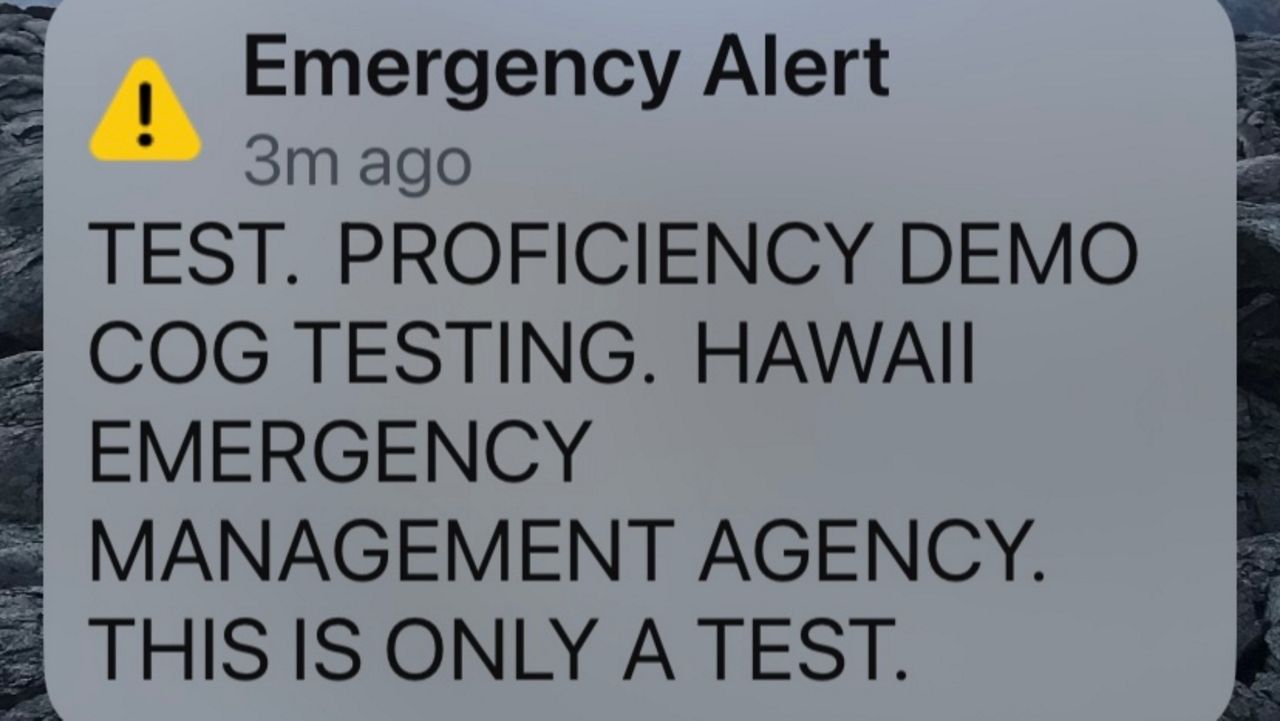On Monday morning, the University of Hawaii Economic Research Organization released a report detailing how a policy change by the state of Hawaii could deliver up to $45 million in additional federal food assistance to qualified Hawaii residents.
Hours later, Gov. Josh Green sent a release saying he would implement the policy change to the Supplemental Nutrition Assistance Program.
This rule change will allow an additional 13,000 to 14,000 households to be eligible for an average of $3,200 a year in SNAP benefits, also known as food stamps.
“This is going to provide a huge relief for our working-class families who are struggling with Hawaii’s highest-in-the-nation cost of living,” said Green in a statement. “In identifying a critical opportunity for our SNAP program, UHERO’s research team is enabling us to make much-needed changes to our social welfare system so that families living from paycheck to paycheck can afford to put more food on their tables.”
SNAP is one of the largest welfare programs available to low-income families in Hawaii, delivering as much as $60 million a month in benefits. In Hawaii, a family of four can receive up to $1,759 a month in SNAP benefits.
In 2000, states were given the ability to adjust the eligibility rules for SNAP by establishing a program of “broad-based categorical eligibility.” Ten years later, the state used the BBCE to eliminate asset limits, which prevented households with high-savings from receiving SNAP benefits. BBCE also allowed the state to raise limits on the amount of income households can receive and still qualify for SNAP.
The recent UHERO report encouraged the state to eliminate the “net income limit” for SNAP benefits. “Net income” in the SNAP program is defined as the total monthly household income after deducting certain non-food household expenses like rent, utilities, medical costs, childcare costs and others.
The UHERO report said the net income limit creates a “benefit cliff” where households can lose thousands of dollars in benefits if their income increases by even a small amount. This cliff is one of the largest in any U.S. welfare program, potentially discouraging work and creating arbitrary differences in support for similar households. The report estimates for a family of four, “falling off” the cliff will cost more than $10,000 a year in benefits — a big deal for a household that at most earns $69,000/year in income.
According to UHERO, eliminating this limit will add little overhead for the state, who will need to pay half of the additional administrative costs associated with the additional SNAP cases that would result. In 2019, the state’s share of SNAP administrative costs was only about 5.6% of the amount of SNAP benefits that the state paid out to Hawaii families.
“This decision has far-reaching implications,” said Dylan Moore, a co-author of the UHERO report. “This change may further increase benefit payments by making it easier for households to understand whether they are eligible for SNAP.”










